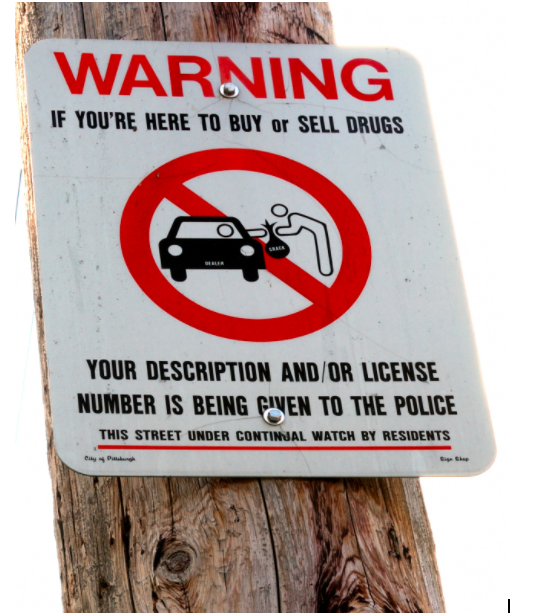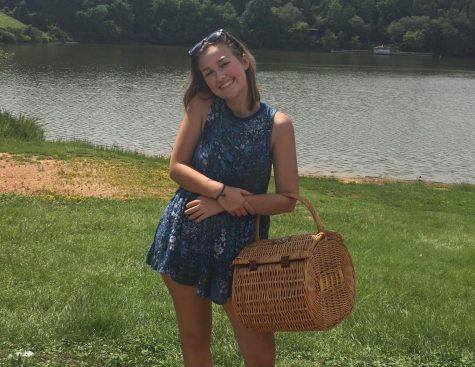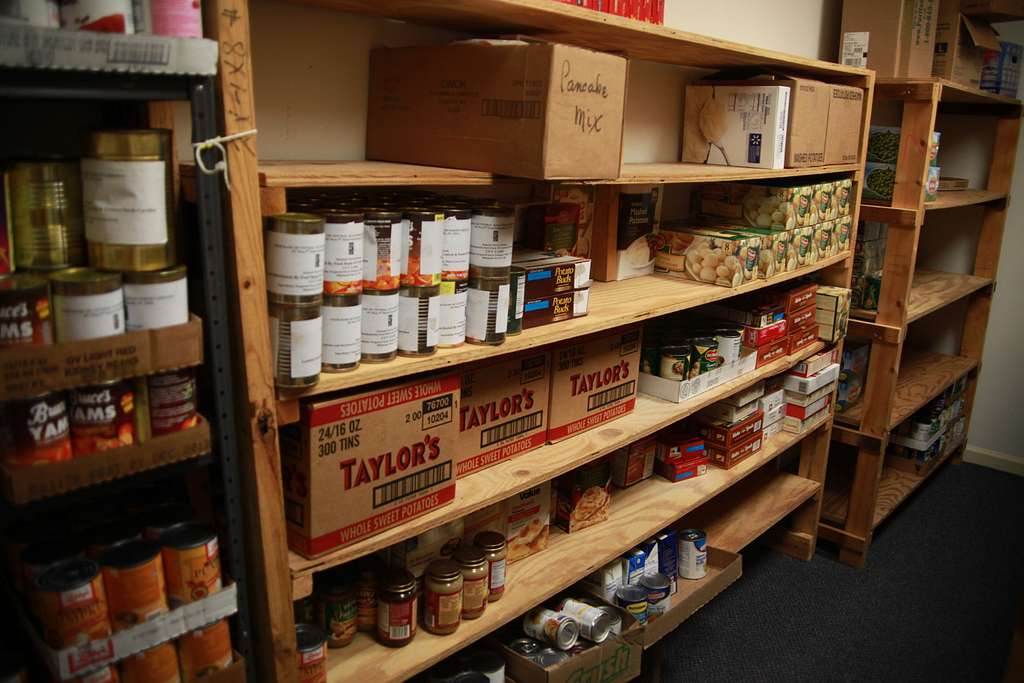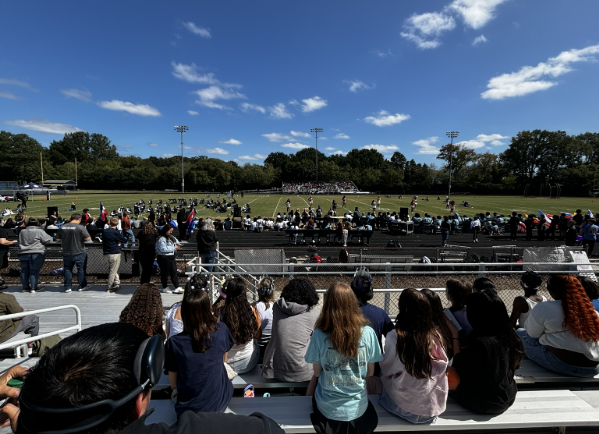A safe haven for shooting up
One of many examples of the criminalization of drug use, this sign prohibits the exchange of drugs. However, many are proposing a new approach in which there are safe sites for addicts to take their drug with clean needles and information about rehabilitation.
March 16, 2018
There are 115 deaths due to opioid overdose everyday. That one fact is staggering beyond belief, which has caused public outcry for something to be done. President Donald Trump has declared the opioid epidemic a state of emergency. However, many people are calling for more extreme and controversial solutions. One of these proposed solutions is safe injection sites, in which addicts would be provided with clean needles, a medical team who is prepared to treat overdoses, and information about rehabilitation. This idea naturally started a fierce debate about whether this was enabling or simply being realistic. The most common argument against these sites is that by doing this the government is making it easier for addicts to get high, while costing taxpayers money. Another common complaint is that safe injection sites would reduce some of the risks of doing drugs, causing more people to do them. The counter to this is that many believe addicts will get high either way, but if they are provided with clean needles and medical assistance, there will not only be fewer deaths, but also fewer people in the hospitals, which will end up saving money. This idea is known as harm reduction and has been gaining more and more traction as the death toll has increased.
Despite the massively controversial nature, Philadelphia is attempting to become the first city in the United States to open a supervised safe injection site. This action has been catalyzed by fact that Philadelphia is home to Kensington neighborhood, which houses some of the cheapest and most lethal heroin in the world. The city’s District Attorney has publically supported safe injection sites, saying the goal is to keep those who are addicted alive long enough so that they can be provided with the rehabilitation needed to be free from addiction. This was not the first action the city has taken against the crisis, the most recent being the mayor setting up a task force assigned to the epidemic. The task force plans to combat the crisis with the use of drug education, increased restrictions on the prescription of opioids, and that anyone who has overdosed and is brought to a hospital is immediately put into treatment for addiction. This is an idea junior Vinnie Davies is in support of: “If they [the government] were able to isolate the ability to feed addiction to an environment that pushes people to rehabilitate, they [opioid addicts] would be forced to comply with the medical assistance and options provided to them.” However, the police commissioner has been publicly against the model of safe injection, commenting that it is simply not something the police can support.
When you stand back and look at all the facts one thing is clear: criminalization of drugs does not work. In the United States since the war on drugs began in the Nixon era, the addiction rates remain constant, while the number of drug related criminals and spending on law enforcement and imprisonment of addicts has increased dramatically. Something has to change because the numbers speak for themselves. The current ways of dealing with the drug crisis is failing the American people, both addicts and non-addicts. Safe injection sites are experimental and may seem extreme, but addiction is not a criminal act; it is a health issue that requires medical treatment, both mentally and physically. Addiction is a battle that thousands lose every year, and at the very least if these sites cannot prevent every person from getting high and avoiding help, it can save their lives.












